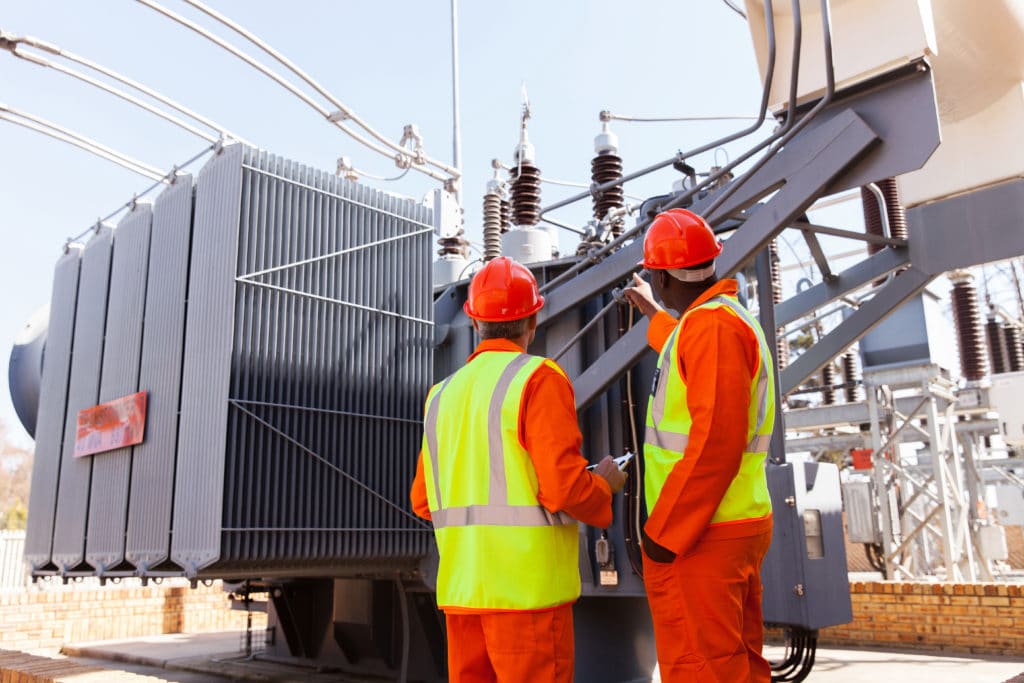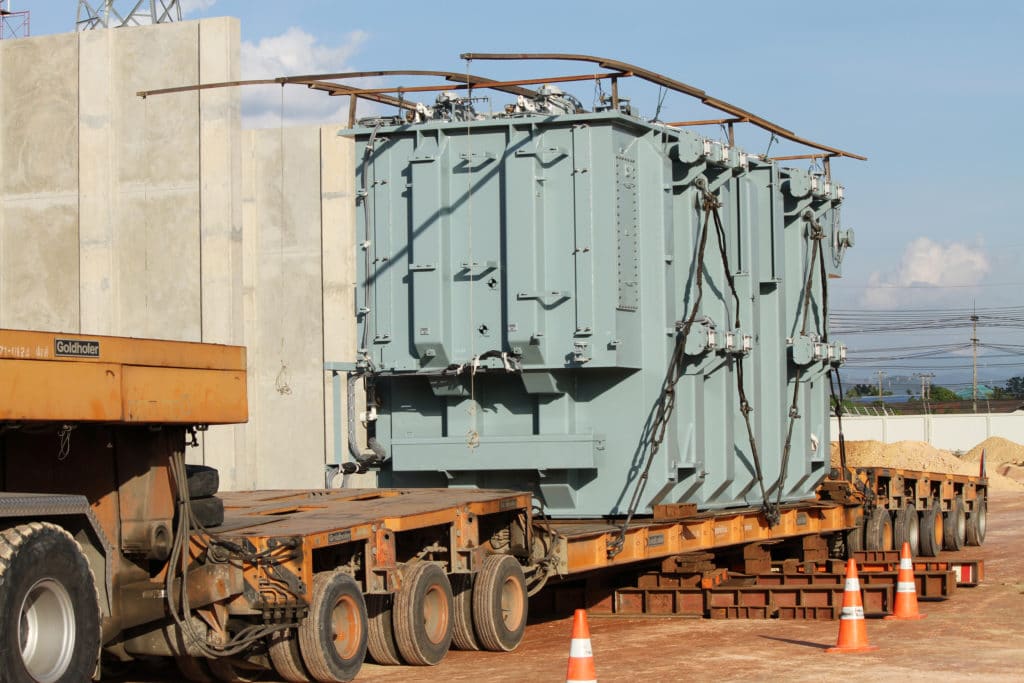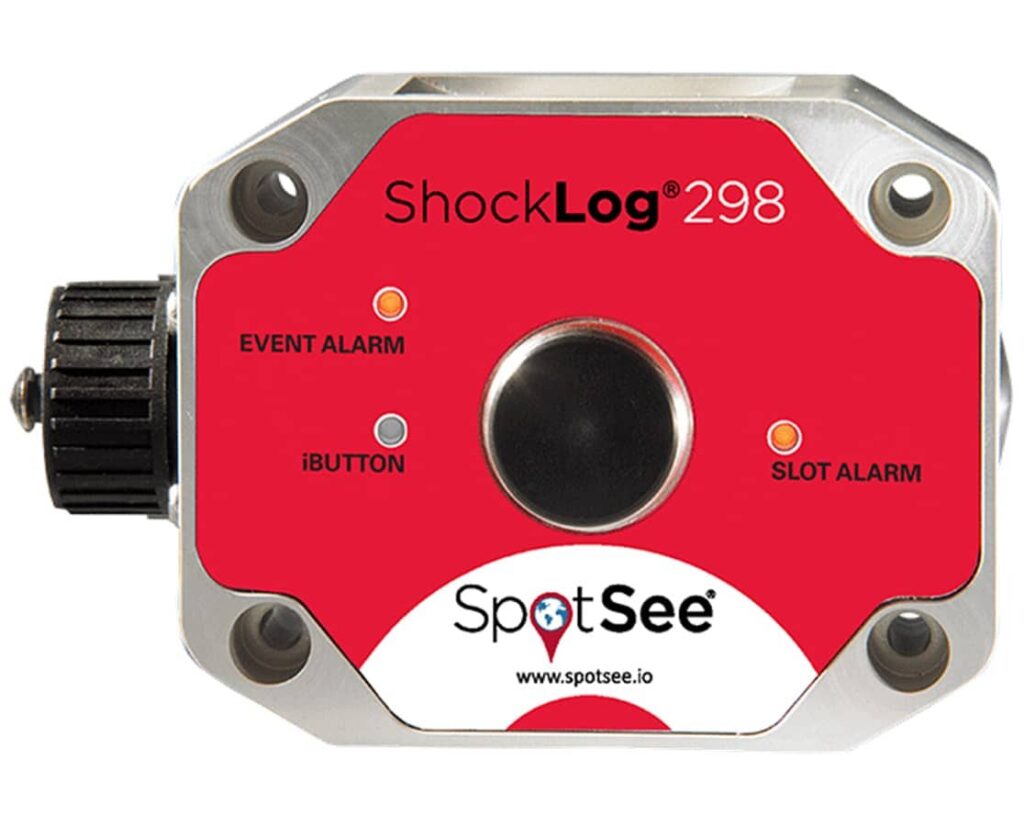Impact Recorders for Transformers Empower Accountability, Visibility, and Optimization
The seven tornados that ripped through Chattanooga, TN, on Easter weekend (2020) cost the local electric utility, EPB, an estimated $28 million. EPB has had to replace 709 of its transformers in the hardest hit areas, along 126 miles of replacement wire. That means a manufacturer, somewhere, had to quickly arrange transformer transportation for 709 transformers and ensure they arrived, without damage, ready to install. That’s a major feat of logistics that calls for advanced supply chain technology.
And the task is harder than it sounds because, believe it or not, transformers are fragile. Typically, impacts of about 2.5 to 3 Gs can damage very large transformers. Rough roads or turbulent seas can cause vibrations or impacts that may cause immediate damage or result in equipment failures later.
Why You Need Impact Recorders for Transformer Transportation
Visible damage, like scratches to protective coatings, can allow corrosion to form. Nitrogen leaks may develop and foreign particles may contaminate the bushings. Dust or water may enter through cracks or compromised seals, prematurely wearing insulation, bushings, and other components.
Hidden damage is more insidious, causing damage after the transformer is installed and operating. It can trigger failures for no apparent reason, leading to expensive diagnostics and repairs. Some potential damage includes impaired windings, reduced coil clamping pressure, oil contamination, and the unintentional grounding of the core or the core frame.
In an ideal world, site acceptance tests are performed to ensure transformers can operate according to their specifications. But, the world is rarely ideal, and the installation team may not catch everything.
Knowing, up front, that a transformer experienced impacts that could have caused damage can save a company millions of dollars.
That’s a powerful reason to upgrade your supply chain technology and monitor transformers for impacts during shipping with purpose-built data loggers. The convoluted path many transformers take between manufacturer and destination is another reason. When a Conway, NH substation installed a new transformer several years ago, it worked with 15 different service providers along a 7,000-mile path that started in Hebei, China.
With a logistics chain like that, who would be held accountable if things went wrong?
How Impact Recorders for Transformers Optimize Logistics — and Enable Accountability
When transformers arrive damaged, there can be a lot of finger-pointing and the company with the deepest pockets may well be stuck with the bill. Impact monitoring with data loggers — eliminates the finger-pointing and replaces that with facts. Because the ShockLog 298 records the time and, with the ShockLog 298 Satellite module, GPS coordinates of incidents, accountability is clear, restitution can be made, and everyone can return quickly to business as usual.
There is another benefit to this supply chain technology. By understanding what happens during shipments, logistics managers can minimize future damage.
For example, one manufacturer installed the ShockLog 298 data logger to transformers to record the direction, amplitude, and duration of impacts to its transformers. The company learned that low frequency impacts lasting more than 50 milliseconds were causing transformers to fail. By setting the ShockLog 298’s alarm thresholds to that point the logistics team was aware of damage-inducing conditions so it could prevent damaged products from being installed.
Logistics managers can use this data to create a logistics baseline as to support trend analyses, helping managers prioritize changes to the product, packaging, carriers, or routes, they can determine whether those changes reduce their risks.
Unlike many impact monitors, SpotSee’s ShockLog 298 generates automatic, user-friendly, mission reports that are compatible with Windows 10 and 7. Peak values of threshold-exceeding impacts are shown in an easy-to-read chart with the date, time, direction, amplitude, and duration of multiple impacts for the X, Y, and Z axes. This data, plus a detailed impact curve, removes the guesswork from analyses.
ShockLog 298 records up to 870 events and 262,000-time slots to ensure that all threshold events are recorded, despite long mission times. And, with up to 18 months of battery life, there’s no need to recharge or replace batteries mid-transit.
The ShockLog298 is IP-67 rated, which means it is dust tight and can withstand submersion in up to 1 meter of water for at least 30 minutes. It is designed for the harsh environments common to transformers.
How to Use the ShockLog 298
Using the ShockLog 298 is straightforward.
- Configure the impact monitor: ShockLog 298’s software is intuitive. A project engineer can easily set up the right configuration and either email it or put it on a USB stick for the logistics team.
- Mount the monitor to the transformer: A logistics specialist usually puts the impact monitor into a steel box for protection and bolts it onto the transformer.
- Download the configuration and turn on the device. Use the START iButton® to turn it on the impact monitor. Doing this before it’s moved enhances transparency and ensures that impacts are recorded throughout the mission.
- Stop recording once the transformer is in its final position. Use the STOP iButton® to end the recording period.
- Download the data. A field or service engineer can download the logger’s data using a USB cable and ShockLog software then email the files to the project engineer for analysis.
- Analyze the reports. Using ShockLog software, the project engineer will analyze the impact reports to determine whether the transformer experienced any over threshold events.
- Return the monitor or store it for future use. The customer returns the impact monitor to the transformer’s manufacturer or to the customer’s logistics site for reconfiguration and reuse. If more than 12 months pass between the start of each mission, return the monitor to SpotSee for recalibration.
See how easy it could be to bring new levels of transparency to your transformer supply chain?
Learn more about SpotSee’s impact recorder solutions for power transformers or get in touch via the form below to schedule an impact recorder consultation.










